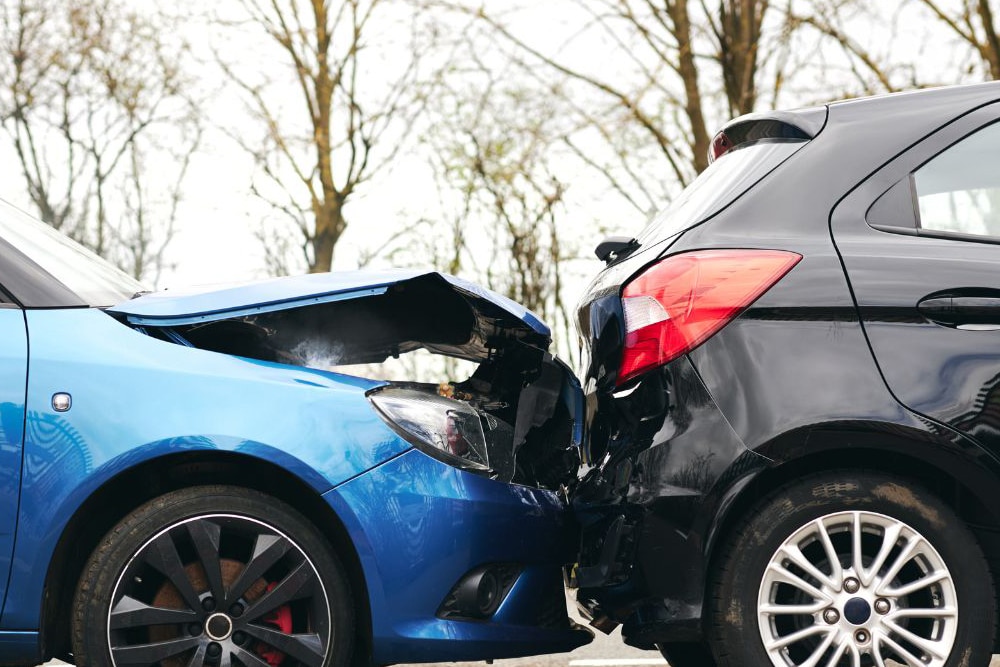
Car accidents can be incredibly stressful and disruptive, especially when they involve a rear-end collision. While the initial impact might seem minor, it can lead to various issues that may go unnoticed at first but manifest later on. Oftentimes, these issues are not fully realized until disassembly. Meaning, it’s often not possible to know the full extent of the damage until your vehicle is in our repair center. In this blog post, we’ll explore some of the common car problems that can occur after a rear-end collision and why it’s crucial to address them promptly.
Rear Bumper and Tail Lights
One of the most obvious areas of impact in a rear-end collision is the rear bumper. Even if the damage appears minor, it’s essential to have it inspected thoroughly. The impact can cause misalignment, cracks, or structural damage to the bumper, compromising its ability to absorb future impacts effectively. Additionally, the collision might damage the tail lights, leading to malfunctioning or broken bulbs, which can pose a safety hazard.
Trunk Misalignment
A rear-end collision can cause misalignment issues with the trunk lid, resulting in difficulty opening or closing it properly. Misaligned trunk lids can lead to water leaks during rain or car washes, potentially damaging the interior of your vehicle. It’s crucial to have a reputable auto body professional examine and realign the trunk to prevent further issues.
Frame and Suspension Damage
Even in seemingly minor rear-end collisions, the force can transfer to the frame and suspension of your vehicle. These components are critical for maintaining stability, ride quality and safety. Damage to the frame or suspension can lead to alignment problems, uneven tire wear, handling issues and compromised overall structural integrity. A thorough inspection by a qualified mechanic is necessary to assess and address any underlying damage
Exhaust System and Fuel Tank
The exhaust system and fuel tank, located towards the rear of the vehicle, are vulnerable in rear-end collisions. The impact can cause damage to the exhaust pipes, muffler, or catalytic converter, leading to exhaust leaks, unusual noises, or decreased fuel efficiency. Additionally, the fuel tank can sustain damage, resulting in fuel leaks or reduced capacity. These issues should be promptly inspected and repaired to ensure proper vehicle performance and safety.
Transmission and Drivetrain Problems
While not as common, rear-end collisions can sometimes cause damage to the transmission and drivetrain components. The jolt from the impact can disrupt the alignment or damage crucial parts, leading to issues such as difficulty shifting gears, vibrations, or even complete transmission failure. It’s essential to have these components inspected and repaired by a qualified technician to prevent further damage and ensure smooth operation.
After experiencing a rear-end collision, it’s vital to understand that even seemingly minor accidents can result in hidden car problems. From bumper damage to misaligned trunks, frame issues, exhaust system damage, and transmission problems, the consequences can be significant if left unaddressed. Seeking professional assistance and having a thorough inspection is crucial to identify and rectify these issues promptly. Remember, prioritizing repairs and maintenance ensures your safety, prolongs your vehicle’s lifespan and helps maintain its resale value. If you’re in the St. Louis Metro Area or Columbia, MO, trust Schaefer Autobody Centers for your auto body repairs.

